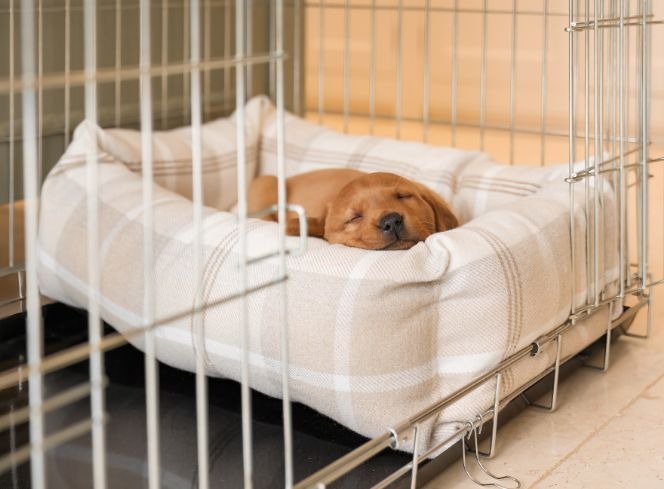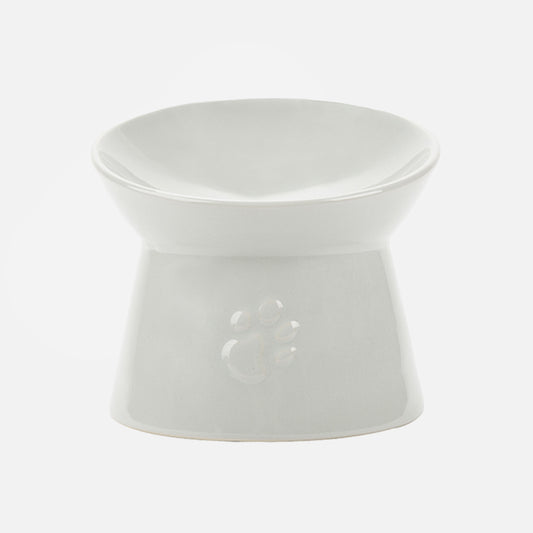Welcoming a new puppy into your home is an exciting and joyous occasion. However, the first few nights can be a challenging time for both you and your furry friend. Puppies are known for their boundless energy and curiosity, which can make it difficult for them to settle down and sleep through the night. But fear not! With the right strategies and a little patience, you can help your puppy establish a healthy sleep routine. In this guide, we'll explore effective techniques to ensure your puppy gets a restful night's sleep, allowing you to do the same.
Understanding Your Puppy's Sleep Patterns
Before we dive into the tips and tricks for a peaceful night's sleep, it's crucial to understand your puppy's natural sleep patterns. Puppies, like human infants, have shorter sleep cycles and may wake up more frequently during the night. This behaviour is entirely normal and usually diminishes as your puppy grows older. On average, puppies need about 18 to 20 hours of sleep per day, but they'll sleep in shorter bursts throughout the day and night.
Establishing a Bedtime Routine

Consistency is key when it comes to getting your puppy to sleep through the night. Creating a bedtime routine can help signal to your puppy that it's time to wind down and rest. Here's a simple routine you can follow:
- Set a regular bedtime: Choose a specific time for your puppy's bedtime and stick to it as closely as possible. This consistency will help regulate their internal clock.
- Toilet break: Before heading to bed, take your puppy outside for a bathroom break. This helps reduce the chances of nighttime accidents.
- Quiet playtime: Engage in calm and quiet play with your puppy before bedtime. Avoid overly stimulating activities that could leave them too excited to sleep. Snuffling or puzzle toys are great ways to wear their brains out without getting them too excited.
- Create a comfortable sleeping area: Ensure your puppy has a comfortable and safe sleeping space. A crate can be an excellent choice, as it provides a sense of security. We recommend setting your puppies crate up with one of our Cosy & Calming puppy crate beds filling half the space and then a piece of vet bed or a puppy pad on the other half.
- Dim the lights: As bedtime approaches, dim the lights in the room to signal to your puppy that it's time to sleep.
The Power of Exercise
A tired puppy is more likely to sleep soundly through the night. Make sure your puppy gets plenty of exercise and mental stimulation during the day. Long walks, playtime, and puzzle toys can help tire them out, making it easier for them to settle down at night.
Watch the Water and Food
Limit your puppy's water and food intake in the evening to reduce the likelihood of nighttime toilet breaks. However, ensure they have access to fresh water throughout the day to stay hydrated.
Nighttime Comfort

To make your puppy's sleeping area as inviting as possible, consider the following:
- Soft bedding: Provide comfortable bedding inside your puppy's crate or designated sleeping area. Our crate sets are perfect for creating your puppies dream sleep sanctuary.
- White noise: Some puppies find white noise or soft background music soothing. You can use a white noise machine or a calming playlist to create a peaceful ambiance.
- Puppy-safe toys: This will depend on your puppy but you could try including a few quiet, puppy-safe toys in the sleeping area to keep your puppy occupied if they wake up during the night, however you may find that this just excited your puppy too much when they’re supposed to be sleeping.
Handling Nighttime Wake-Ups
Even with the best efforts, your puppy may still wake up during the night. When this happens:
- Stay calm: Avoid getting frustrated or upset. Remember that your puppy is still learning.
- Quietly address their needs: If your puppy needs to go potty, take them out to their designated spot, but do so quietly and without playing or engaging in stimulating activities.
- Avoid excessive attention: Minimise interaction during nighttime wake-ups to prevent reinforcing the idea that waking up at night is playtime.
Gradual Adjustments

As your puppy grows, their ability to sleep through the night will improve. Be patient and understanding during the early months, and gradually, you'll find that your puppy needs fewer nighttime wake-ups.
Helping Older Dogs Sleep Through the Night
If you have an older dog that's struggling with nighttime sleep, consider factors like comfort, pain, or anxiety. Consult with your veterinarian to address any potential underlying issues that might be affecting your dog's sleep.
In conclusion, getting your puppy to sleep through the night requires consistency, patience, and a well-structured routine. Understanding your puppy's natural sleep patterns and providing a comfortable sleeping environment are essential steps in this process. With time and the right approach, you can help your puppy develop healthy sleep habits, ensuring peaceful nights for both you and your four-legged companion. Sweet dreams to you and your furry friend!



































































































